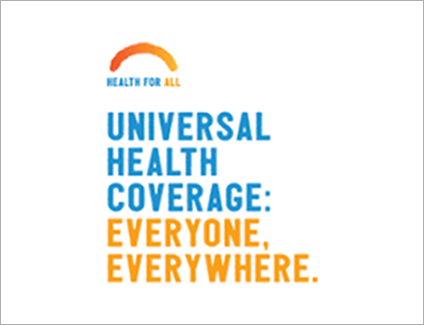
- Home
- Our Vision
- Leadership Team
- ICPH Services
- Public Health Desk
- COVID-19 Response
- Nurturing the Spiritual Development of Children
- Toolkit poster
- A concise summary of the workshop
- Overview of Educator’s Training
- Presentations from the India Team
- Classroom Implementation – Observation Analysis at Bala Shanti Kendra’s
- Overview of Bala Shanti Children’s Parent Sessions
- Glimpses from the Educator’s Dairy
- Reflection of the Focal Lead in India
- India Photo Gallery



 With the World Health Organization focusing on Universal Health Coverage as the theme for World Health Day 2018, it is perhaps the appropriate time to spend a moment reflecting on the Indian scenario. Despite the Government’s extensive network of over 25,000 Primary Health Centres spread across the length and breadth of this country, investments in public health remain a worryingly low percentage of our annual budgets (4.7% of GDP in 2014 according to the World Bank ), and a population of over a billion is left seeking out universal health coverage as an aspirational goal.
With the World Health Organization focusing on Universal Health Coverage as the theme for World Health Day 2018, it is perhaps the appropriate time to spend a moment reflecting on the Indian scenario. Despite the Government’s extensive network of over 25,000 Primary Health Centres spread across the length and breadth of this country, investments in public health remain a worryingly low percentage of our annual budgets (4.7% of GDP in 2014 according to the World Bank ), and a population of over a billion is left seeking out universal health coverage as an aspirational goal.





